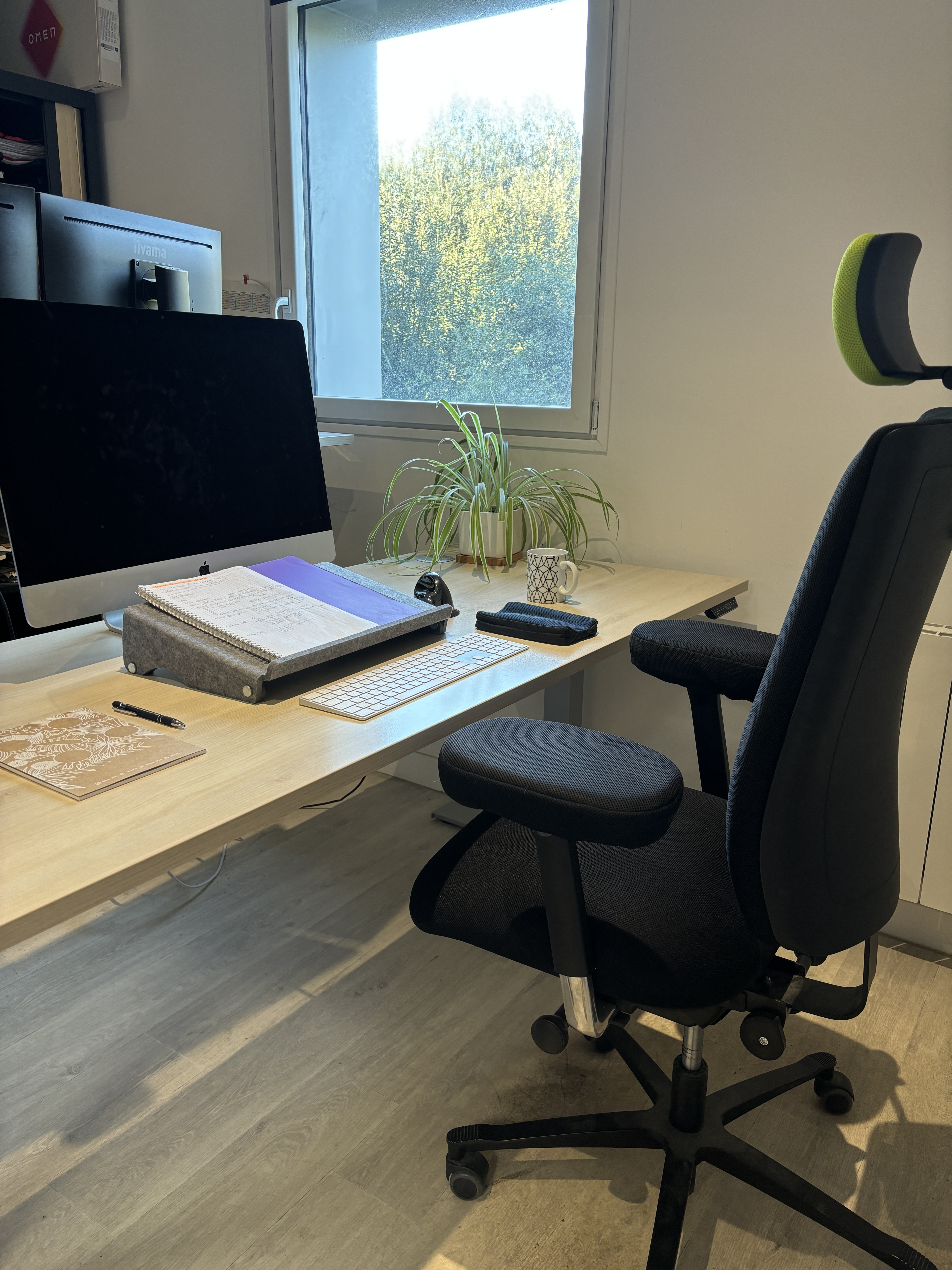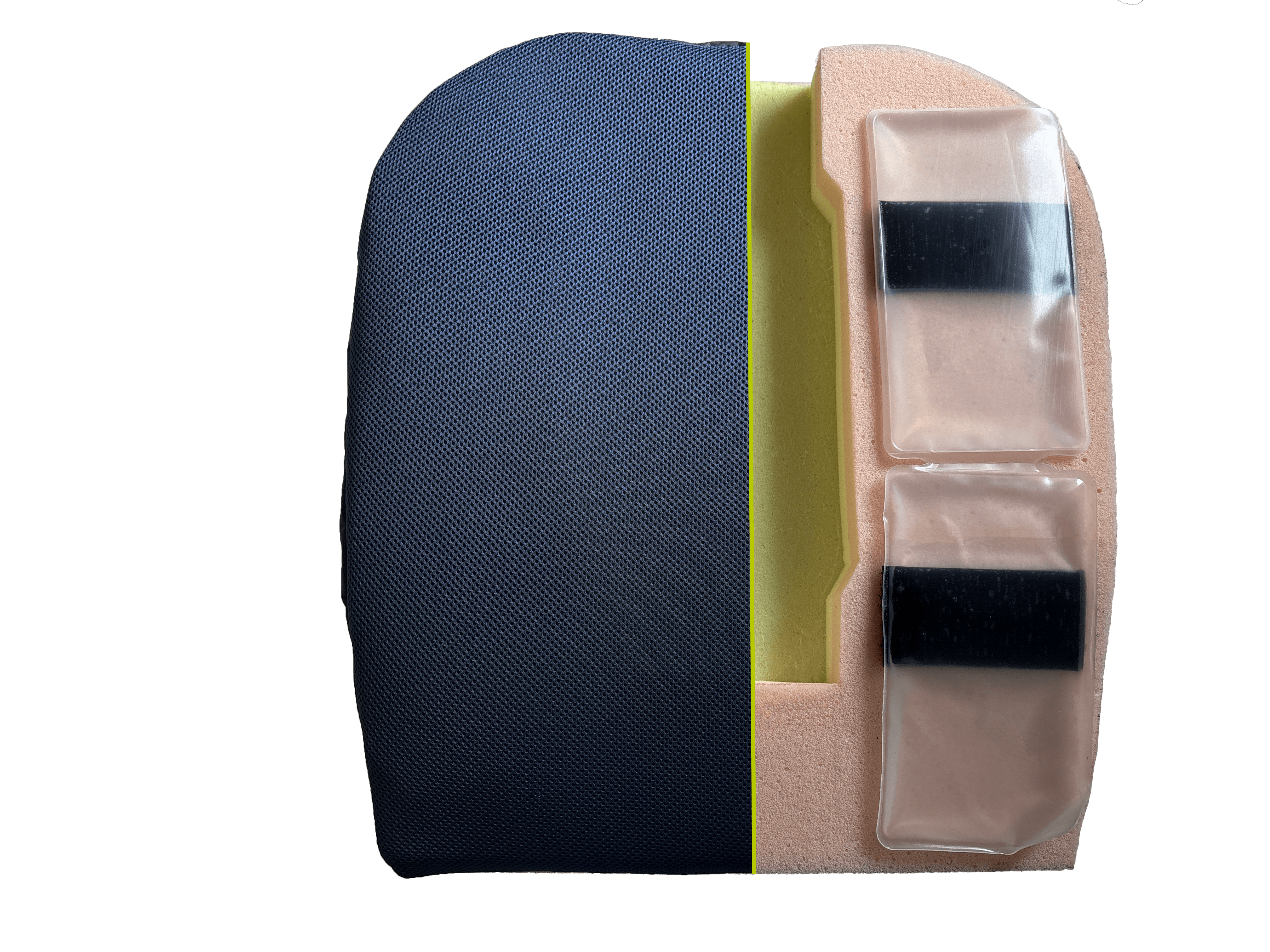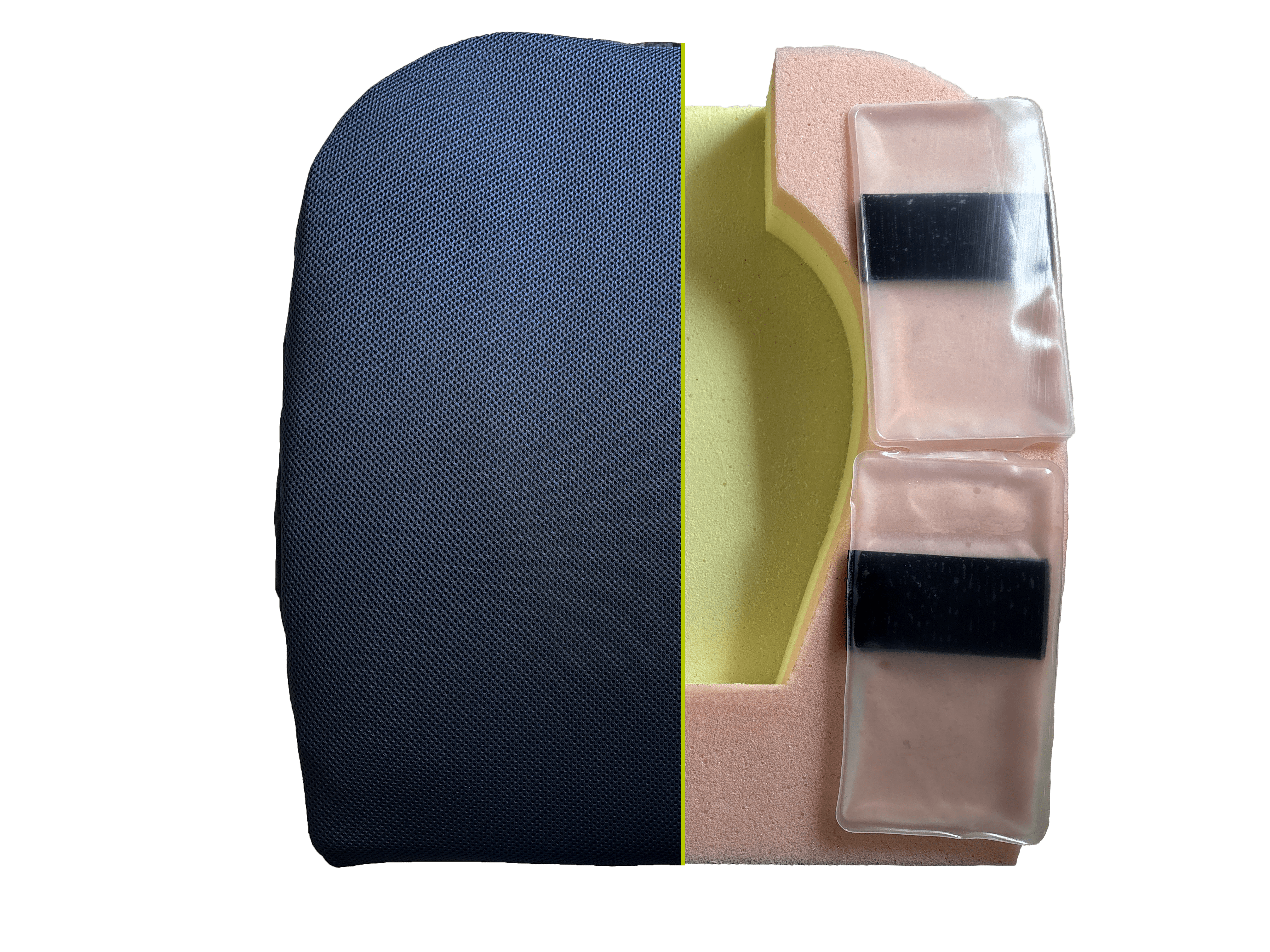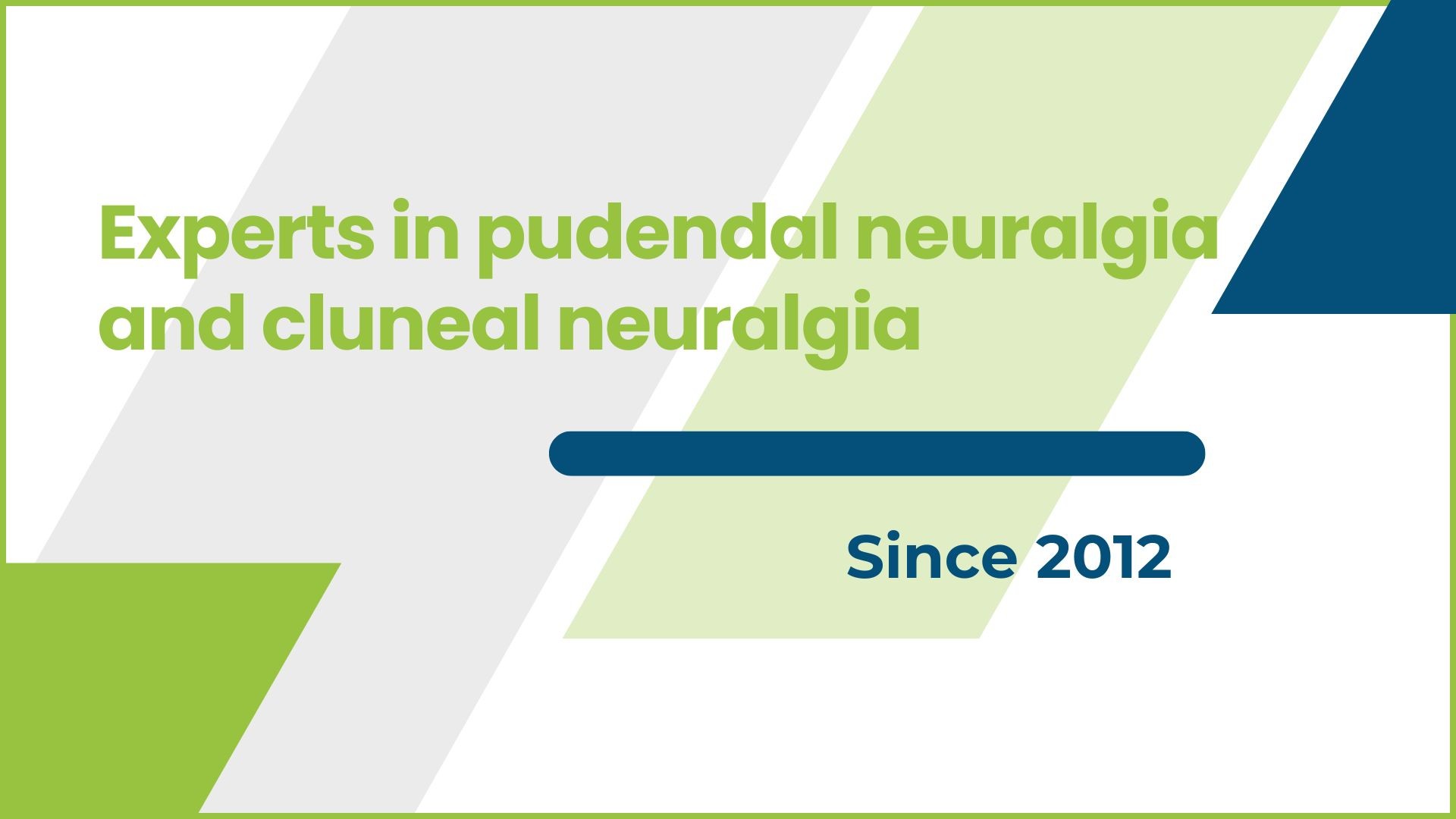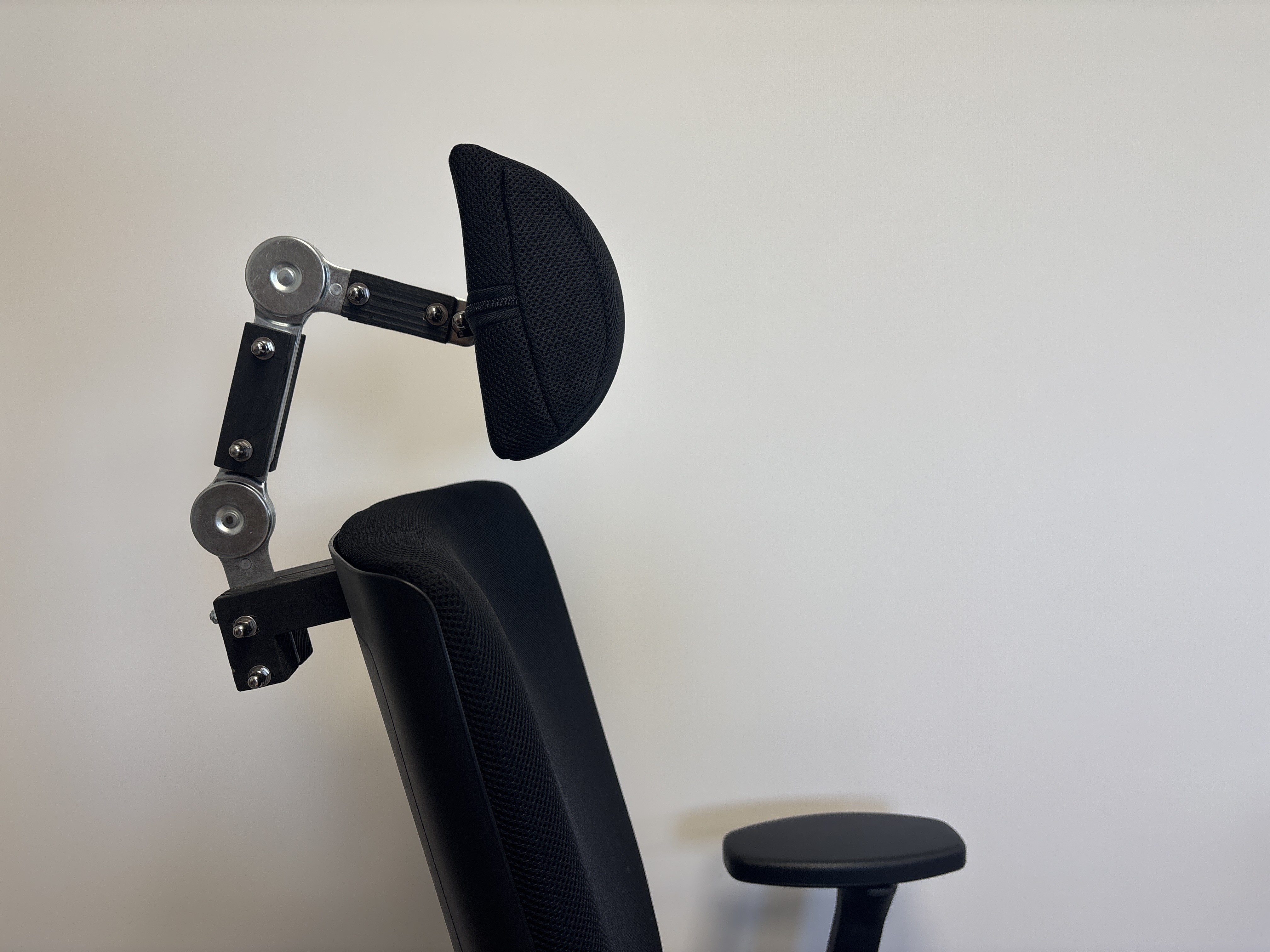
Broken Tailbone: Symptoms, Treatments, and Healing
- What are the symptoms of a coccyx fracture?
- How long does it take to heal from a broken coccyx?
- How to treat a broken tailbone?
- Should I see a doctor?
- Can you work with a coccyx fracture?
- What are the risks of complications with a fractured coccyx?
- What's the difference between a bruised tailbone and a fractured tailbone?
- What are the most commomn causes of a coccyx fractuer?
What are the symptoms of a coccyx fracture?
Symptoms of a coccyx fracture usually include sharp pain in the lower back, near the anus. This pain may worsen when sitting, standing up, or even lying down. Other common signs include:
- • Localized pain: Especially when sitting down or getting up from a seated position.
- • Swelling and tenderness: The area around the tailbone may be swollen and very sensitive to touch.
- • Bruising: Although less common, bruising may appear around the affected area.
- • Discomfort when walking: Some people also feel discomfort or pain when walking.
How long does it take to heal from a broken coccyx?
The healing time for a fractured coccyx depends on the severity of the injury. In general, acute pain lasts from a few days to several weeks, but full recovery may take 6 to 12 weeks. In some cases, pain can persist for several months, especially if the injury is not properly treated. It's important to follow your doctor’s advice to ensure optimal recovery.
How to treat a broken tailbone?
Treatment for a fractured tailbone focuses mainly on relieving pain and allowing the bone to heal naturally. Common measures include:
- • Rest: Avoid sitting for long periods and rest as much as possible to reduce pressure on the coccyx.
- • Use of a special cushion: A tailored cushion can help reduce pressure when sitting.
- • Pain medication: Over-the-counter painkillers like ibuprofen or acetaminophen can help manage the pain.
- • Physical therapy: In some cases, specific exercises may be recommended to strengthen the muscles around the coccyx and improve mobility.
- • Ice or heat application: Ice during the first few days can reduce swelling, while heat may relax tense muscles.
Should I see a doctor for a coccyx fracture?
If you think you have a coccyx fracture, it’s important to consult a doctor, especially if the pain is intense or persistent. A healthcare professional can confirm the diagnosis—usually via X-ray—and recommend an appropriate treatment plan. Ignoring the injury or not following medical advice may lead to complications such as chronic pain or improper healing.
Can you work with a coccyx fracture?
Whether you can keep working with a tailbone fracture depends on your job and the severity of your injury. If your work involves long periods of sitting, you may need to take time off or adjust your workstation. Using a coccyx cushion and taking regular breaks to stand or walk can help reduce discomfort.
What are the risks of complications with a fractured coccyx?
Complications from a coccyx fracture are rare, but may include chronic pain or instability in the sacrococcygeal joint. Persistent pain—called coccydynia—can occur if the bone doesn’t heal properly or if nerves are damaged. In extreme cases, surgery may be needed to remove part of the coccyx.
What’s the difference between a bruised tailbone and a fractured tailbone?
It can be hard to distinguish between a bruised tailbone and a fractured tailbone as symptoms often feel the same. A bruised tailbone results from trauma that causes swelling and pain without breaking the bone. Pain from a bruise usually improves within one to two weeks. A fractured coccyx, on the other hand, involves a break in the bone and requires a longer healing time and more attentive care.
What are the most common causes of a coccyx fracture?
Coccyx fractures are often caused by direct trauma, such as falling backward onto a hard surface. Other common causes include:
- • Car accidents: A violent collision can lead to a coccyx pain and fracture.
- • Sports activities: Contact sports or activities with a risk of falling, like skating or skiing, increase the risk.
- • Childbirth: In rare cases, childbirth can cause a coccyx fracture due to the pressure during labor.
A broken tailbone is a painful injury but can usually be managed with proper care. If you have symptoms, it’s crucial to see a doctor for accurate diagnosis and an appropriate treatment plan. Full recovery may take time, but with the right care, most people recover without long-term complications.
By following these tips and taking care of yourself, you can reduce pain and return to your normal activities more quickly.


